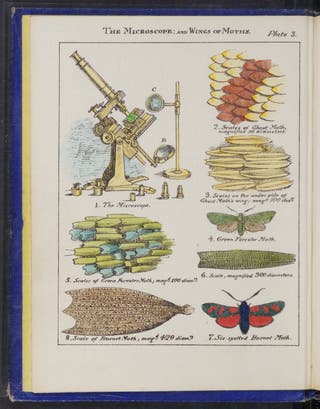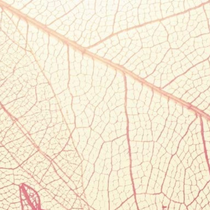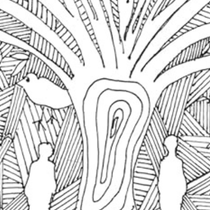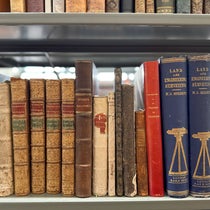New Acquisition: Sketches With the Microscope
There is a mental list of books I hope to acquire for the collection, but that I suspect we will never be able to acquire, thanks largely to their rarity on the market. The list has some famous books on it – Apianus' Astronomicum Caesareum, for example – but many books on the list are less well-known and even rarer. The privately printed edition of Mary Ward's Sketches With the Microscope, recently added to the collection, is among those less famous but very rare titles I thought we'd never be able to add to the collection.
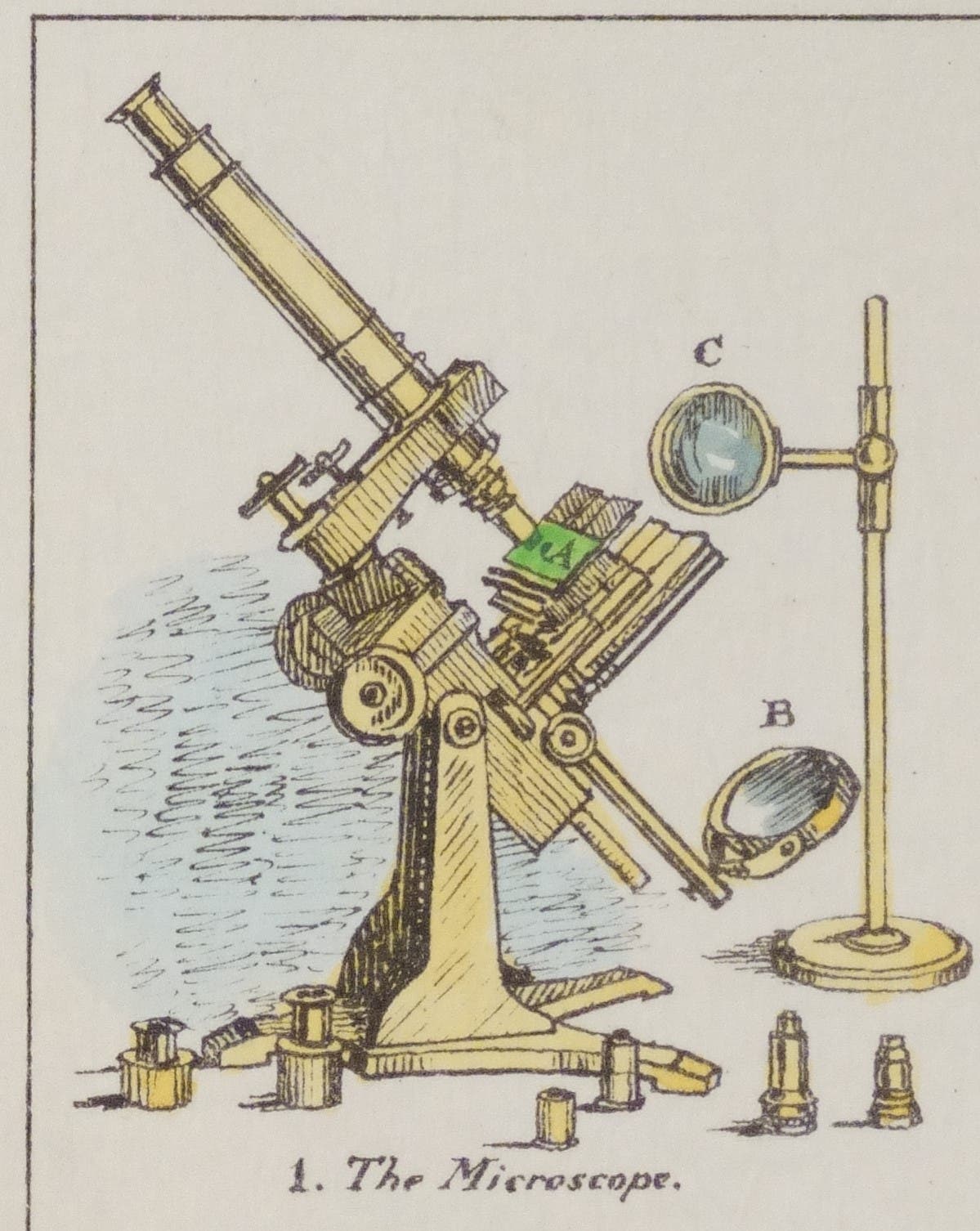
Detail of microscope image from first plate
Mary Ward was an Irish science writer, microscopist, astronomer, and illustrator – remarkable for her combination of direct observations and scientific work with her accessible writing style. The Library holds six titles by Ward, covering astronomy, entomology, and microscopy. All of these books are illustrated with Ward's observations and sketches and written in her accessible prose. Sketches With the Microscope was Ward's first book, and its subject matter can be traced to a gift from her father at the age of 17: her first microscope. It is presented in a format of "familiar letters," one of the socially acceptable methods by which women could participate in science in the 19th century. The letters were addressed to "My Dear Emily," who was Emily Filgate, a childhood friend of Ward's. Ward lived a life of privilege and close connection to science – she was cousins with William Parsons, the 3rd Earl of Rosse, an important amateur astronomer of 19th century Britain who was responsible for the construction of the "Leviathan of Parsonstown," which when built was the largest telescope in the world.
The Library has three editions of Sketches; the third edition (titled The Microscope) of 1869 was featured by Bill Ashworth in a Scientist of the Day post. We acquired a copy of the first trade edition of the book (A World of Wonders Revealed by the Microscope, 1858) from Laura Massey of Alembic Rare Books in 2022. In her excellent description of that edition, Laura stated, "The text was initially published privately in an edition of 250 copies in 1857 under the title Sketches with the Microscope in a Letter to a Friend." When we placed our order for the 1858 edition, I asked Laura to look out for a copy of the 1857 first edition. Laura replied, "If I could get one of those, I think it would be the high point of my career!" I filed away that we might never get a copy of that edition and celebrated the addition of the 1858 edition to the collection.
Two years passed. In the run-up to the New York Antiquarian Book Fair in 2024, I was contacted by Emma Walshe at the London bookselling firm Peter Harrington. The list she shared for the fair had several items of interest. Chief among them, to my surprise, was a copy of the privately printed edition of Sketches from 1857, which I thought we might never see. I hastily placed a hold on the book to see it in person at the fair. It did not disappoint, and I am pleased that we acquired that copy for the collection. It's a remarkable copy and object. Let's walk through some notable aspects of the book in the same order as we might look at the book in person.
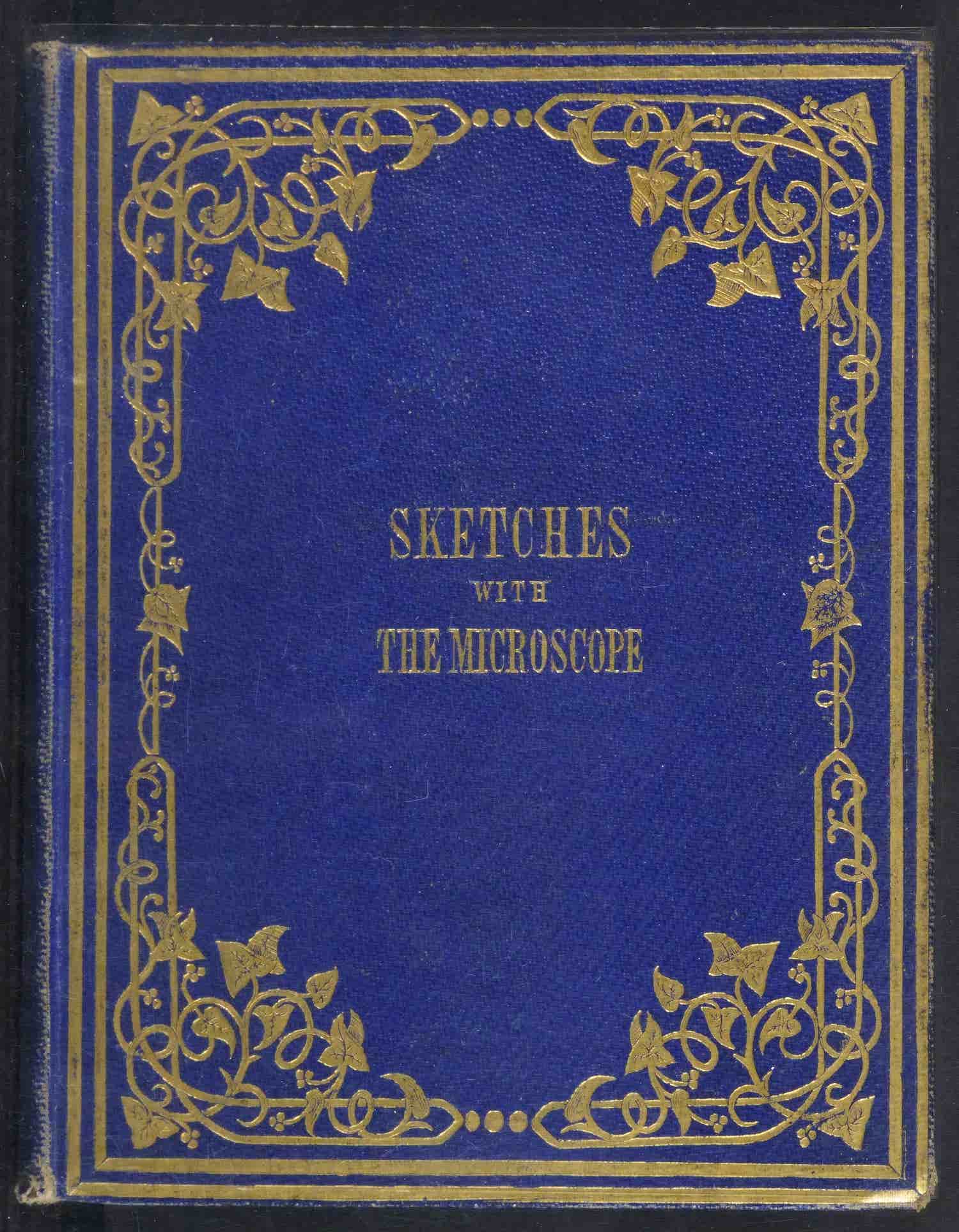
Front cover of Sketches With the Microscope
As with any book, the first thing that comes to the eye is the binding. The book boards are covered in a rich blue cloth. Emma described it as "wave-grain cloth," which is a good description of the blind-stamped design on the cover. On top of that wave-grain is a panel-stamped ivy design within a frame. A panel stamp is a tool used to create a consistent design on the cover of a book, used when several copies of a book are bound at the same time to make the work of binding decoration more efficient for the binder. In the middle of the ivy design is the title.
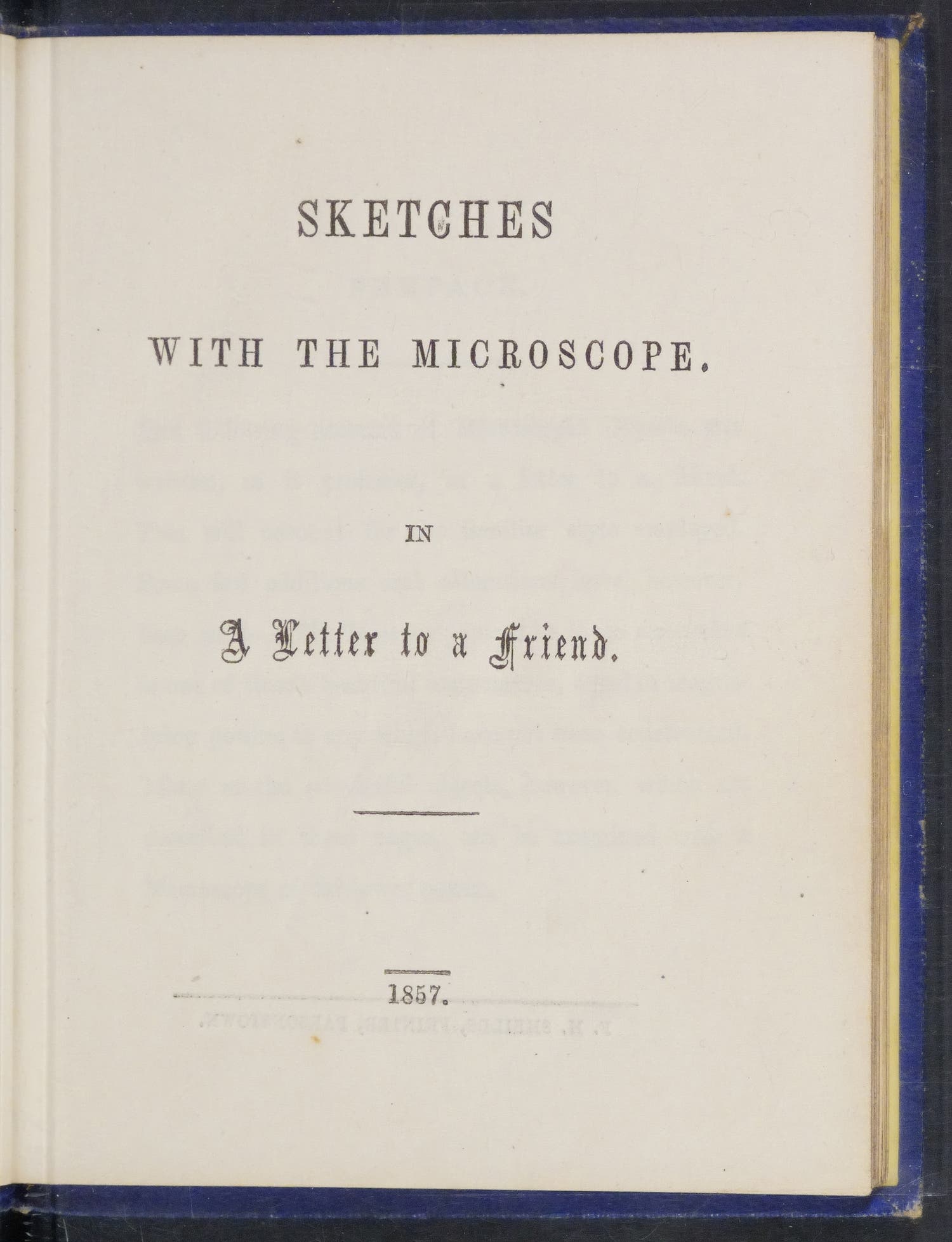
Titlepage
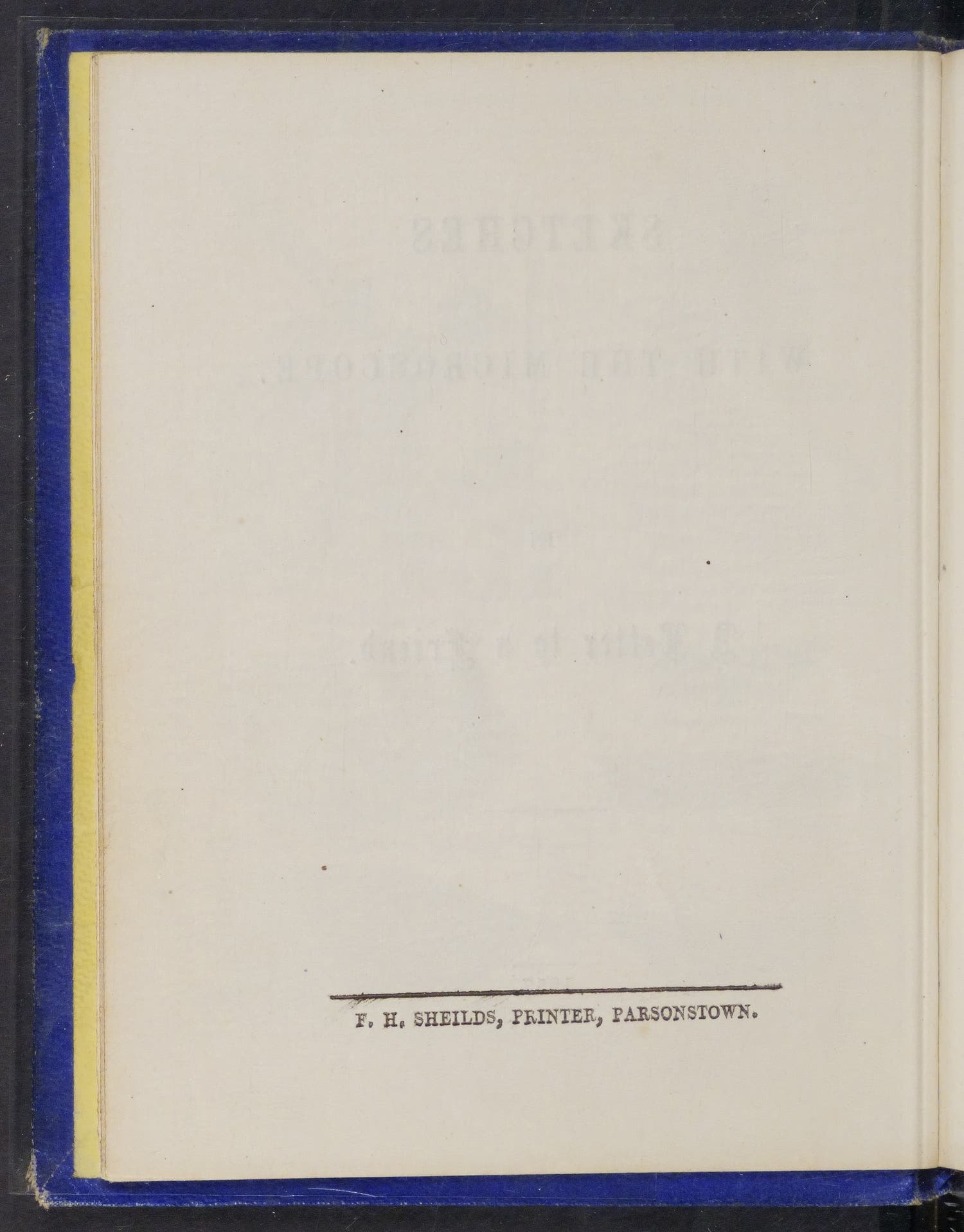
Titlepage verso with imprint information
Next is the title page, which is only five lines of text, giving the title and publication date and two printed rules. On the back of the title page (or the verso, if you prefer), under another printed rule, is a line identifying the printer: "F.H. Shields, Printer, Parsonstown." Francis H. Shields was the printer and owner of the Parsonstown newspaper, the King's County Chronicle. Parsonstown (today called Birr) is the family seat of the Earls of Rosse, the cousins of Mary Ward, and an apt place to print this book. Thanks to her advertising, we know that there were 250 copies of the book printed and offered in either an ordinary or a deluxe binding for 3 and 4 shillings, respectively. Thanks to Emma Walshe's work, we are able to state that the binding of the Library's copy is the deluxe version. The bookbinder is identified by a small label inside the rear cover of the book (we describe this as a binder's ticket attached to the rear pastedown) – Cavenagh of Dublin.
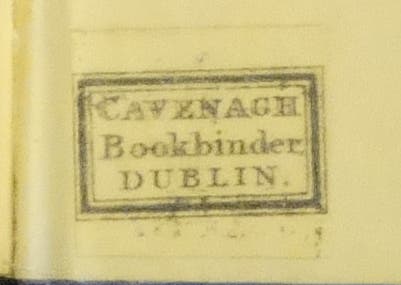
Binder's ticket for Cavenagh of Dublin on the rear pastedown
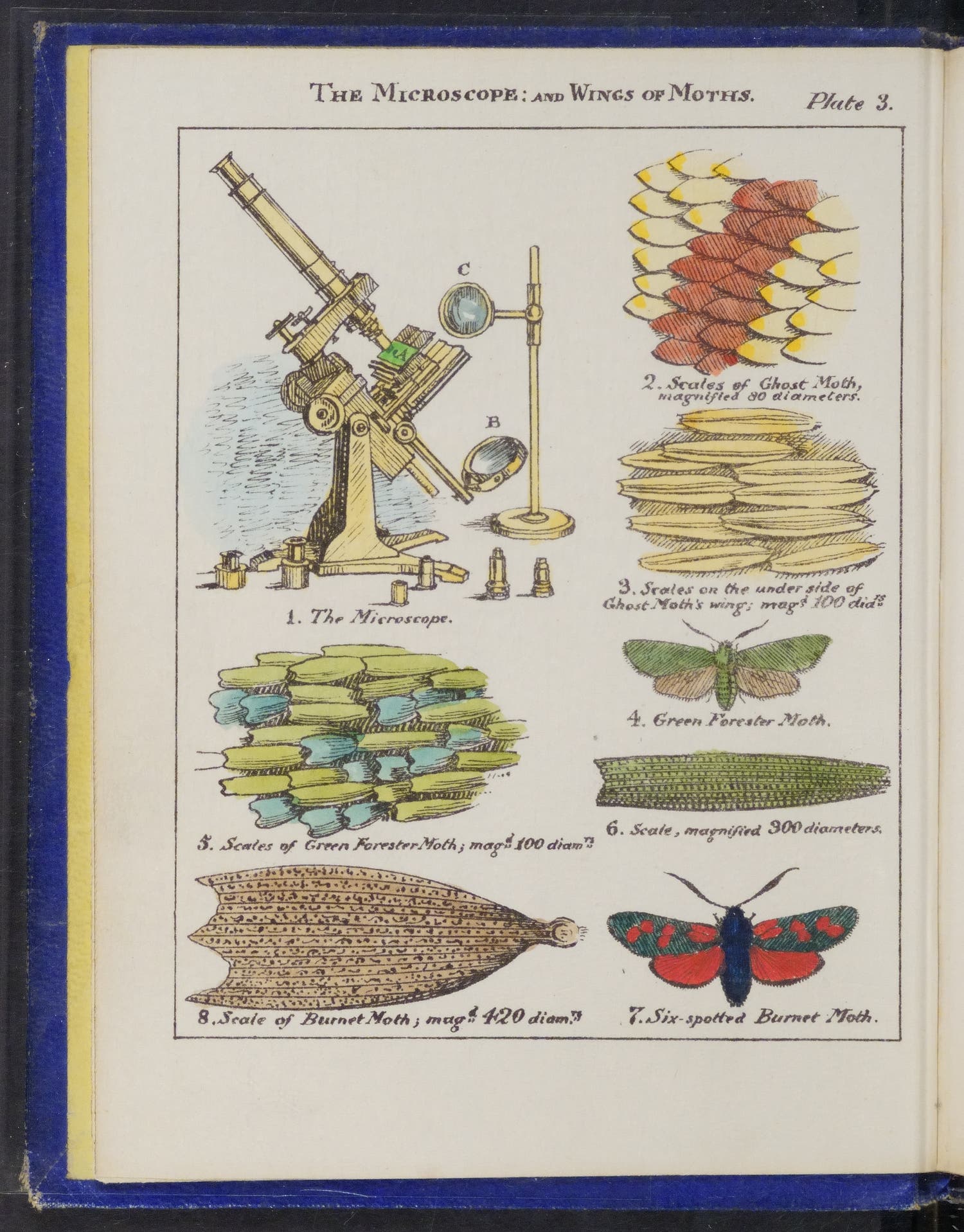
1 of 14 of the handcolored lithographed plates in the book
Opposite the title page is a charming hand-colored lithograph, one of 14 in the book. Lithographs are printed from stones, and these lithographs are colored by hand after their printing. Lithography was a common and relatively inexpensive method for printing images in books in the 19th century, and one easily detectable here by the lack of a plate mark (indicating the use of a metal plate for an etching or an engraving), as well as the "soft" appearance of the printed lines on the page. If we look at the fourteenth and final lithograph, it's signed, indicating that Ward herself made the lithograph (using a greasy pencil on stone), and that they were printed by R. Hendrick of Dublin.
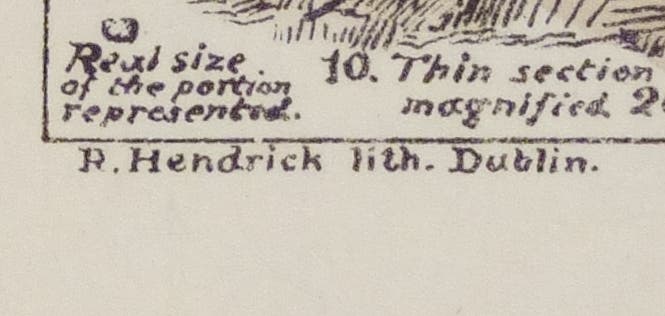
Credit line for the lithographer on plate 14
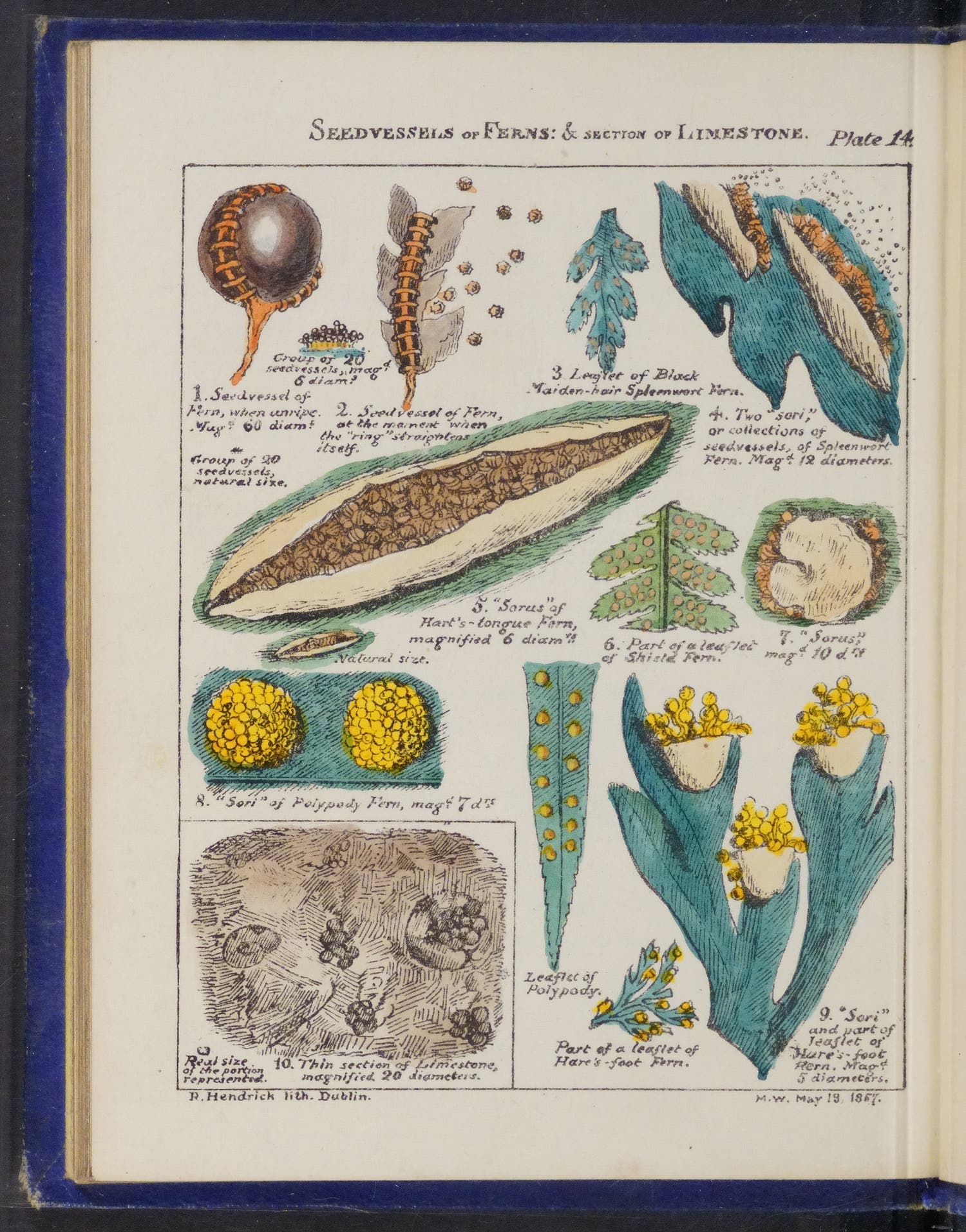
Plate 14
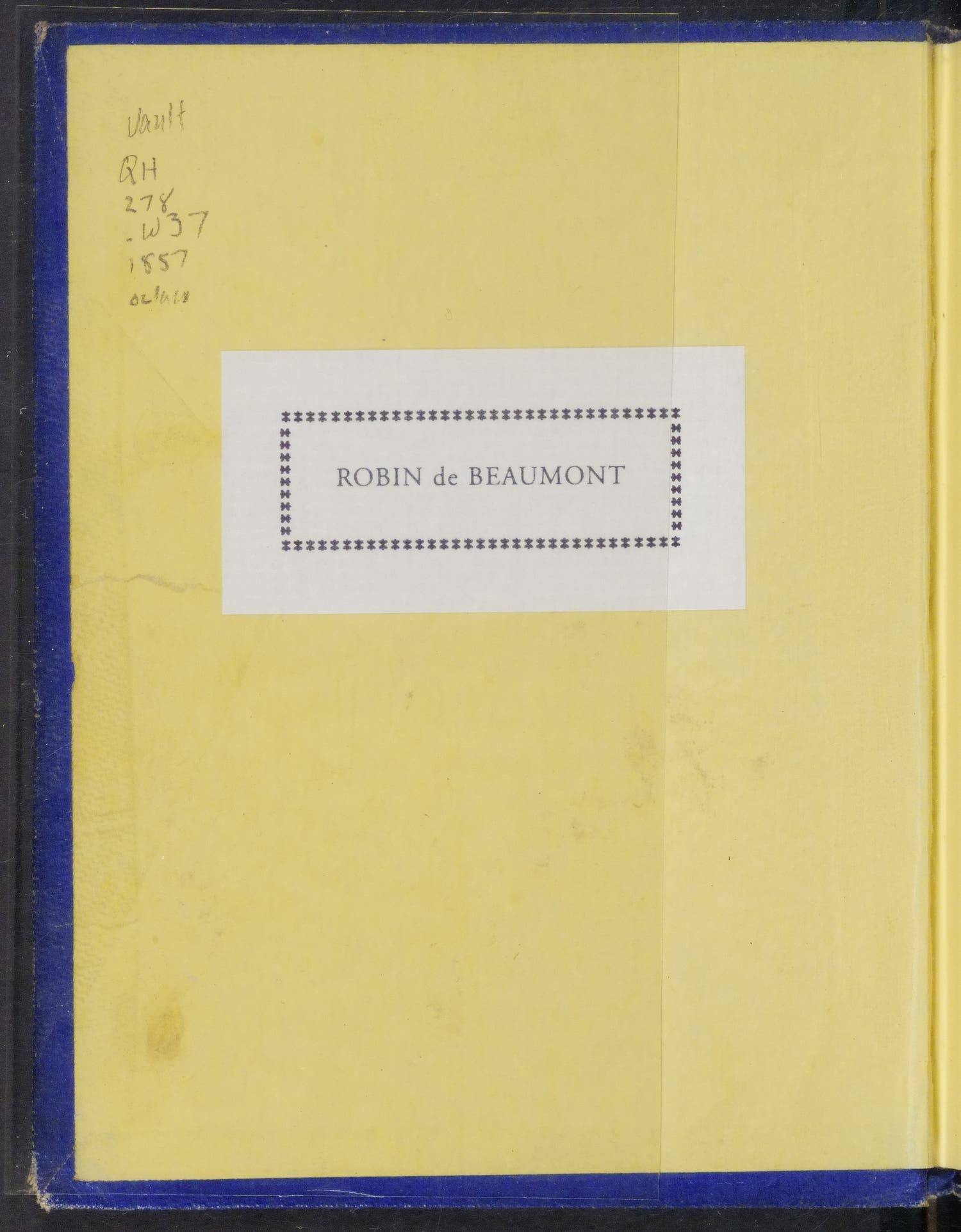
Bookplate for Robin de Beaumont on the front pastedown
Let's return to the inside of the front cover of the book – a bookplate is there, identifying Robin de Beaumont (1926-2023) as the former owner. De Beaumont was an important collector of Victorian decorative and publisher's cloth bindings, and this lovely binding was very much a fit in his collection, sold in 2024 at Bonham's.
It now resides in our rare book collection – one of 11 known copies of the book in libraries worldwide. Of that 11, 4 are in the United States: the Center for British Art at Yale, the American Philosophical Society, the Spencer Library at the University of Kansas, and the Linda Hall Library. We've digitized our copy, and hope you are as charmed by the prose and the illustrations as we are.

